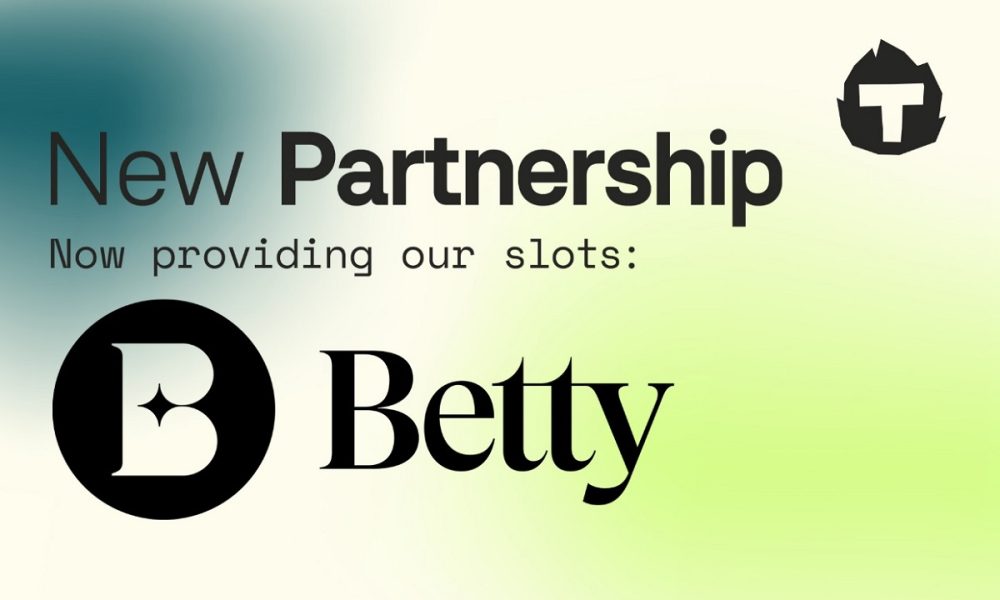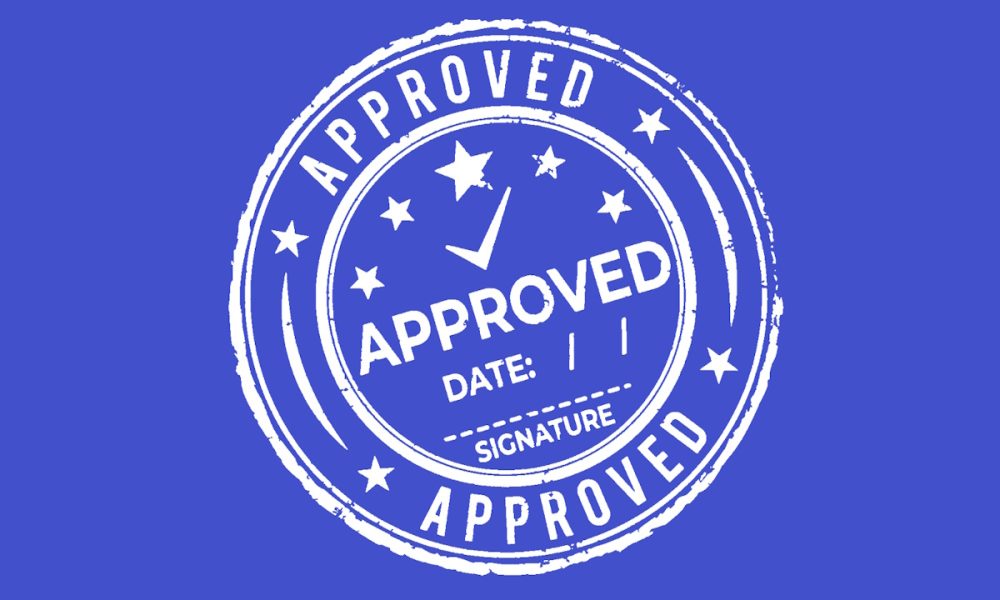

Canada
Could PAM be the key to the US opportunity?
The US holds untold potential as it steadily regulates and many believe that an advanced, smart Player Account Management (PAM) system should be a priority for operators wishing to reap those rewards.
Gaming Americas spoke to four of the industry’s premier PAM professionals to find out what operators should be on the lookout for.
- Tsachi Maimon, CEO, Aspire Global (TS)
- Rob Fell, White Hat Gaming, COO (RF)
- Brandon Walker, Business Development Manager, Amelco (BW)
- Chris Looney, Chief Commercial Officer at Bragg Gaming Group and ORYX Gaming (CL)
As the US becomes more regulated, what advantages does a Player Account Management (PAM) system offer?
TS: The US is growing rapidly and nobody wants to be late to the party. Right now, operators are in a huge rush to go with any available product that is ready-for-market, and some are taking the M&A route to solve this issue. We recently saw that DraftKings acquired BlueRibbon for the jackpot product they developed, as well as Bally’s tabling a bid for Gamesys to improve its digital platform capabilities. However, most operators do not have a budget to acquire products and instead need to lean on third-party providers to build their business.
Rather than going down a similar route of acquiring technology layer by layer, the advantages of using a PAM solution are clear. The operator can differentiate within CRM and segment players for superior engagement. In addition, each US state has differing regulatory requirements. If you are building infrastructure for an individual state, that means you need to repeat that process time and time again. Our PAM system offers a single infrastructure that can be rolled out quickly, for fast, seamless entry into multiple states. We call this a ‘state in a box’.
BW: A PAM system should be the engine that powers the full solution and does exactly what it says on the tin. At Amelco, we’re able to deliver a full-service ecosystem for gaming that combines all verticals (eSports, Sportsbook, Casino etc) powered by our own PAM, which offers multiple components that take the customer through the full journey.
The ability to offer this is especially key in the US – where a full PAM system is a necessity for delivering a 360-degree offering in what is, in effect, only recently online territory. A 360 offering can help an operator stand out and not all leading sportsbook suppliers have this, and they’ve certainly felt the impact.
The wallet element of the PAM system is the real differentiator, and the more dynamic your customer journey is, the more your offering will resonate with a modern American player that expects speed and convenience. At the end of the day, solid foundations are the name of the game in the US, and having a powerful PAM effectively reduces the need for an operator to create a dedicated department. Coupling that with the retention numbers the solution provides is a recipe for success.
RF: A single instance of PAM back office or administration for the operator allows for the viewing of revenue reports, player behaviour and analytics, configure CRM, define segmentation and set bonus programmes in place. This is a clear advantage and allows for the management of sports, casinos and more in an incredibly lean and efficient way.
A successful PAM provider offers rapid, in-house integration of content alongside features such as a product-wide bonus system, integrated and capable CRM and a tightly integrated Data Warehouse solution. Crucially as more states open up, built-in compliance parameters which can be easily configured for each jurisdiction are a must. A system that offers an efficient player acquisition and retention options are also beneficial as operators scramble to gain market share in new territories.
The winners will be those B2B providers that can offer full-stack solutions, meaning the possibility to handle both back-end and front-end services. Full-stack solutions are better integrated and provide a service that is much better received by end-users. Through our growing stable of brands, technology and content including the ORYX PAM and player engagement features, at Bragg we offer the lot.
CL: A successful PAM provider offers rapid, in-house integration of content alongside features such as a product-wide bonus system, integrated and capable CRM and a tightly integrated Data Warehouse solution. Crucially as more states open up, built-in compliance parameters which can be easily configured for each jurisdiction are a must. A system which offers an efficient player acquisition and retention options are also beneficial as operators scramble to gain market share in new territories.
The winners will be those B2B providers that can offer full-stack solutions, meaning the possibility to handle both back-end and front-end services. Full-stack solutions are better integrated and provide a service which is much better received by end-users. Through our growing stable of brands, technology and content including the ORYX PAM and player engagement features, at Bragg we offer the lot.
What PAM features are going to be important to operators as the US market evolves? How will these be implemented?
RF: Both generic, such as player protection features, and state-specific RG and reporting functionality will be key. To succeed and to keep up with the expected pace of states going live, these modules need to be flexible to keep up with new requirements, but also scalable so they can work across the platform, varying states and customer needs.
For some PAMs like White Hat Gaming, this is based on learnings taken from work that has been done for the EU regulated markets and this will really help especially as it’s expected that some states will follow the UK’s lead. The second part is a tight integration of land-based offerings. This will mean that payment integrations with machines, cages and also API to proprietary loyalty schemes will become increasingly important to optimising cross-sell in both directions.
Obviously, there are other features, such as fully integrated bonus tools and intuitive marketing campaign segmentation and orchestration, that should be tightly coupled to the PAM.
TS: There are three key elements within a strong, successful PAM. First, it provides the ability to connect a player wallet to many integrations – everything from payments to content providers and KYC. Second, there is the creation of automated funnels for onboarding players, collecting documentation and creating scalability for the operator. Third, it is the ability to programme advanced CRM and promotional tools and to then communicate these through many different channels. All of this comes together to create higher player value for the operator.
It is also true that in the US as with other markets, the PAM alone is not enough. We approach operators with our full package of sportsbook and casino products and services, including managed services, in order to appeal to land-based businesses in the US that want to move online.
CL: Responsible gaming products are paramount for all stakeholders, both to fulfil responsibility requirements and guarantee business sustainability. We have already started seeing a shift from traditional responsible gaming tools such as self-exclusion, reality checks and spending limits, to more advanced solutions capable of detecting and preventing addiction. Responsible gaming is more important than ever and identifying and preventing harmful behaviour is a priority for all.
We also expect that player engagement tools will be key in the US and, given the existing interest in social and gamification features, familiarity and demand will be high.
PAM suppliers with experience in land-based and omni-channel solutions will also have an advantage. Mobile is king, but an understanding of retail solutions and methods of delivery through various channels could make the difference.
BW: There’s one main gamechanger – KYC, and, in particular, the ability to offer single logins across multiple states. To put this in perspective, as it stands for many, old-school operators need their customers to download a new app each time they cross state lines, which is a real headache. Removing this obstacle is going to be essential for many when it comes to scale.
The way I see it, it’s all about creating solutions that are unique to the US market, and these need to suit the completely new dynamic that the US presents. Such KYC-based features need to offer a solution that makes it as easy to get involved in the action as soon as possible. Each additional minute lost during the sign-up process effectively means a loss of initial retention. Of course, that’s starting to change now, with the likes of Iowa’s elimination of the need for players to initially register on-site with a casino sportsbook being a good example. Of course, a solid bonus engine is also crucial to what the PAM can offer.
Scalability will be important in such a fluid environment, what challenges does this pose in the development of a PAM offering and how can those be overcome?
CL: The US market is expected to bring a very high number of players/transactions, which will require the platforms to have powerful and scalable solutions capable of coping with the traffic. It will be essential for suppliers to ensure the very lowest downtime and the fastest disaster recovery times. The US market will demand the highest standards and the penalties will be high, so providers must be on top of this.
TS: Features that are crucial to scalability include automation, the seamless onboarding of the customer and cash-out options. In the mass market, with so many players involved, it is crucial that manual processes are removed from the equation in order to grow.
I believe the high double-digit growth we have seen in the existing US states will continue for the next few years. Back in Europe, the first regulated markets grew dramatically in the beginning, but experience dictates that after that initial period, US regulators will re-assess the situation and that could have an adverse impact on limiting operator growth, effectively stabilising the market.
RF: Scalability in this sense to us isn’t just about being able to cope with traffic for the Super Bowl or the Kentucky Derby, it’s about quickly being able to scale across multiple states, adding multiple clients, supporting multi-app and product strategy while offering single instances of back office, CRM and bonus tools.
Trying to retrofit this scalability to old tech stacks is challenging so PAMs that have been developed from scratch with this in mind will overcome this type of scaling issue much more effectively.
BW: It’s all about single login and a single app. Operators need to be able to scale across multiple states, which means a hub-and-spoke architecture design that can enable a singular HUB to power spokes across numerous jurisdictions via one app. This is not yet mainstream in the US, but this is what operators need to start doing if they want to lay claim to a national presence.
The design, look and feel of such an app is also essential – and we need to remember this is one of the world’s most discerning markets for customer UX when it comes to entertainment. This means the ability to offer differentiators is key, such as bonus campaigns with interchangeable widgets – all embedded with casino – removing any need for a separate casino app, and potentially a further loss of retention.
Betty
Thunderkick commits to growth in Ontario with Betty partnership

Independent slots studio Thunderkick has agreed a deal with Ontario-based operator Betty to supply the rapidly growing online casino with a diverse collection of globally popular titles.
Betty, an official partner of sporting franchises Toronto Maple Leafs and Toronto Raptors, has risen to prominence since its 2022 establishment, when it was built following the consultation of 300 casino players to create the optimal iGaming environment.
Distinguishing itself from North American competitors by catering specifically to slot enthusiasts rather than sports bettors, the operator has curated a portfolio of 2,800 games, hand-picked to deliver customers maximum entertainment value.
Thunderkick’s content is the latest to be integrated into Betty’s online casino, and the agreement will see a selection of its most popular titles, including The Wildos 2, Midas Golden Touch 3, and Esqueleto Explosivo 3, made available to a greater number of Ontarian players.
Thunderkick marked its debut in the Canadian province in Q2 of 2024, and has since partnered with a network of leading operators to improve its market position. The collaboration with Betty will further amplify its visibility in a key jurisdiction as the provider looks to reinforce its reputation as a global slot developer.
Svante Sahlström, CCO at Thunderkick, said: “It’s our mission at Thunderkick to go deeper, not wider, in 2025. That means forging meaningful, lasting relationships in target markets as opposed to securing as many commercial deals as possible.
“Since entering Ontario over 12 months ago, we have worked tirelessly to enhance our presence in the province, and working with leading brands such as Betty allows us to bring our unique games to a deeper pool of Canadian players.”
Paraskeva Smirnova, Casino Operations Manager at Betty, added: “Betty’s USP has always been our drive to build a slot portfolio with the very best titles from the industry’s most creative suppliers.
“Thunderkick’s passion for slot development is there for all to see, and the introduction of its games to our casino further elevates the consumer experience.”
The post Thunderkick commits to growth in Ontario with Betty partnership appeared first on Gaming and Gambling Industry in the Americas.
BCLC
Save the Date: BCLC’s New Horizons in Safer Gambling Conference Returns November 2026

BCLC is pleased to announce the return of the New Horizons in Safer Gambling Conference, taking place November 2–4, 2026, at the JW Marriott Parq Vancouver.
This global event brings leading voices in research, policy and industry together to explore innovative approaches to safer gambling. Attendees can expect two days of forward-thinking dialogue, evidence-based insights and collaborative solutions to help shape the future of player health.
Sponsorship Opportunities Now Available
New to the 2026 conference, BCLC is excited to offer sponsorship opportunities to organizations that share BCLC’s passion for safer gambling. Benefits of sponsoring New Horizons 2026 include industry visibility, leadership recognition and meaningful engagement with a global audience. To learn more about sponsorship, please e-mail [email protected].
Registration and program details will be released later this fall.
The post Save the Date: BCLC’s New Horizons in Safer Gambling Conference Returns November 2026 appeared first on Gaming and Gambling Industry in the Americas.
Canada
absolutebet Secures AGCO Registration as an Internet Gaming Operator in Ontario

Internet Gaming Operator by the Alcohol and Gaming Commission of Ontario (AGCO).
This significant milestone authorizes absolutebet to offer regulated iGaming services in Ontario’s legal market under the oversight of AGCO and iGaming Ontario (iGO).
The registration marks a key step in absolutebet’s mission to bring a trusted, responsible, and innovative online casino experience to Ontario players. absolutebet is committed to operating with integrity and transparency, meeting all provincial standards for player protection, responsible gambling, anti-money laundering, and game integrity.
“Securing AGCO registration is more than a milestone—it’s the start of absolutebet’s journey in one of the most exciting regulated markets in the world,” said Chen Truman, Founder of absolutebet. “We are building a brand that will grow with the Ontario community and set the stage for future expansion.”
On the regulatory milestone, Krisztina Kalla, Legal & Regulatory Compliance Advisor of absolutebet, commented: “I’m incredibly proud to see all the hard work behind this license pay off. Securing AGCO registration has taken months of preparation and close collaboration with regulators and partners. I am very happy to see the result of that work, and even more excited as we move into the launch phase and open up the absolutebet community to Ontario players in a fun and responsible way.”
Ontario is recognized as one of the most competitive and fast-growing regulated iGaming markets in North America. With AGCO registration secured, absolutebet will move forward with the final stages of its iGO onboarding process in preparation for launch.
The post absolutebet Secures AGCO Registration as an Internet Gaming Operator in Ontario appeared first on Gaming and Gambling Industry in the Americas.
-

 gaming3 years ago
gaming3 years agoODIN by 4Players: Immersive, state-of-the-art in-game audio launches into the next generation of gaming
-
EEG iGaming Directory9 years ago
iSoftBet continues to grow with new release Forest Mania
-
News8 years ago
Softbroke collaborates with Asia Live Tech for the expansion of the service line in the igaming market
-
News7 years ago
Super Bowl LIII: NFL Fans Can Bet on the #1 Sportsbook Review Site Betting-Super-Bowl.com, Providing Free Unbiased and Trusted News, Picks and Predictions
-
iGaming Industry8 years ago
Rick Meitzler appointed to the Indian Gaming Magazine Advisory Board for 2018
-
News7 years ago
REVEALED: Top eSports players set to earn $3.2 million in 2019
-
iGaming Industry8 years ago
French Senator raises Loot Boxes to France’s Gambling Regulator
-
News7 years ago
Exclusive Interview with Miklos Handa (Founder of the email marketing solutions, “MailMike.net”), speaker at Vienna International Gaming Expo 2018








